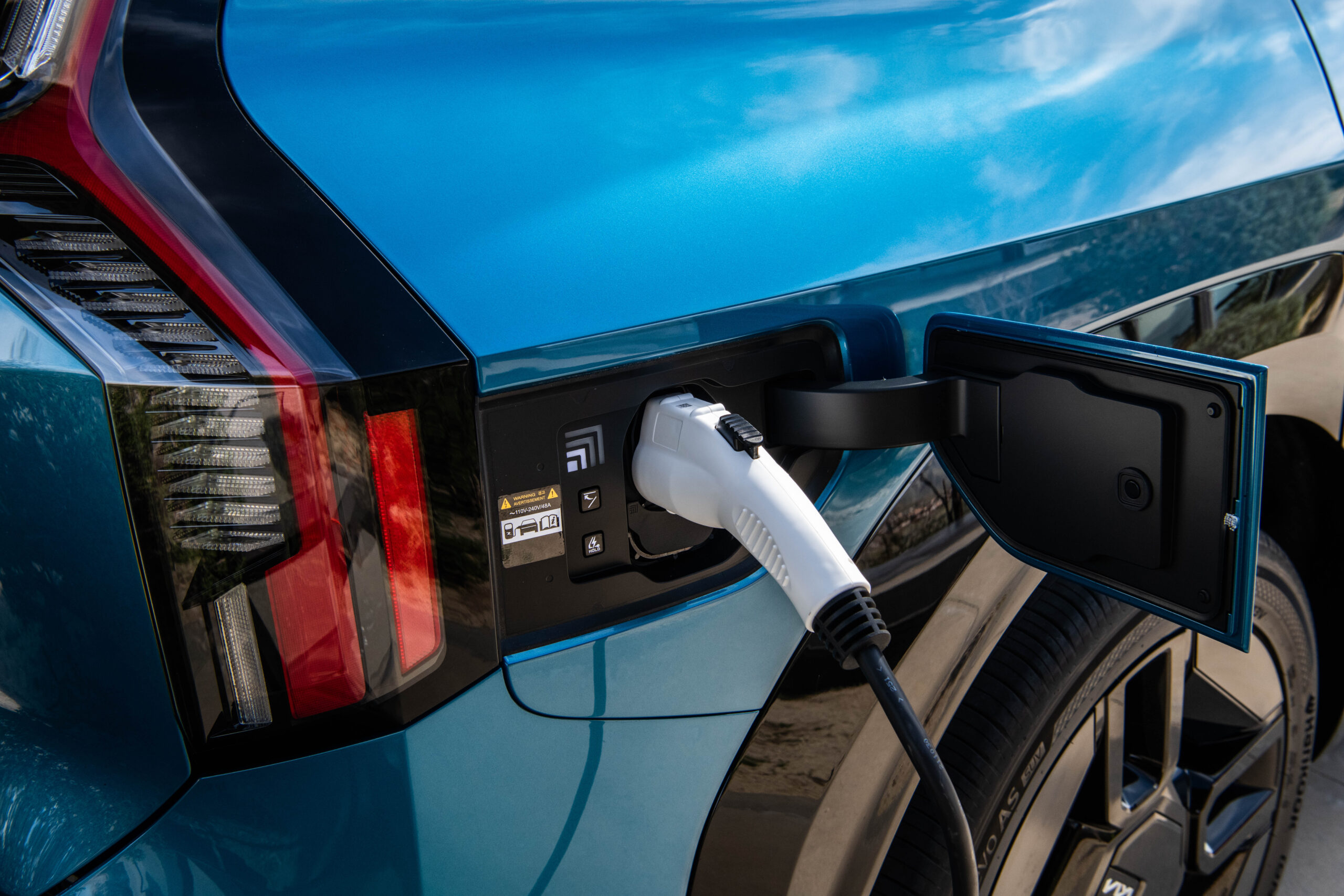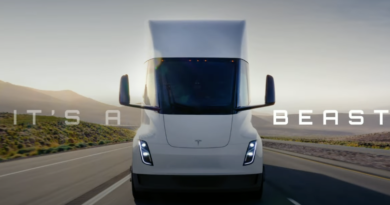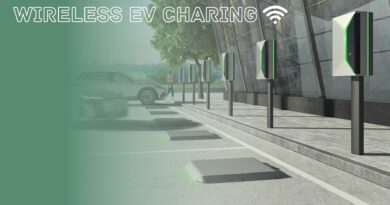How Much Time Does It Take to Charge an Electric Car? An In-Depth Guide
As the world shifts towards sustainable energy solutions, electric vehicles (EVs) are becoming increasingly popular. One common question prospective EV owners have is: “How long does it take to charge an electric car?” The answer isn’t straightforward, as charging times vary based on several factors. This article aims to provide a comprehensive guide on electric vehicle charging times, the factors influencing these times, and tips for optimizing your EV charging experience.
1. Understanding Electric Vehicle Charging
Electric vehicles rely on battery packs to store energy, which powers the car’s motor. Charging these batteries involves transferring electricity from an external power source to the battery. This process can be broken down into three main types of charging:
- Level 1 Charging: This is the slowest charging method, typically using a standard 120-volt household outlet. It’s convenient but often impractical for daily use due to long charging times.
- Level 2 Charging: This method uses a 240-volt outlet, similar to those used for household appliances like dryers. Level 2 chargers are commonly found at public charging stations and in homes with dedicated EV charging setups.
- DC Fast Charging: Also known as Level 3 charging, this method uses direct current (DC) and high-powered chargers to provide rapid charging. DC fast chargers are typically found at public charging stations and can significantly reduce charging times.
2. Factors Affecting EV Charging Time
Several factors influence how long it takes to charge an electric car:
- Battery Size: Larger batteries take longer to charge. Battery capacity is measured in kilowatt-hours (kWh), and the higher the capacity, the longer the charging time.
- State of Charge (SoC): The current charge level of the battery affects how quickly it charges. Charging from 0% to 80% is generally faster than from 80% to 100%.
- Charging Speed: The power output of the charger (measured in kilowatts, kW) plays a significant role. Higher power output results in faster charging.
- Temperature: Extreme temperatures (both hot and cold) can affect battery performance and charging efficiency.
- Vehicle’s Onboard Charger: The onboard charger in the car limits the maximum charging speed. Even if you have access to a fast charger, the vehicle’s onboard charger may cap the speed.
- Charger Compatibility: Not all chargers are compatible with all EVs. Compatibility issues can affect charging speed and efficiency.
3. Level 1 Charging: Slow and Steady
Level 1 charging uses a standard 120-volt household outlet and provides about 2-5 miles of range per hour of charging. This method is best suited for overnight charging or for those who drive short distances daily.
- Advantages:
- No additional equipment required
- Convenient for overnight charging
- Disadvantages:
- Very slow charging speed
- Impractical for long-distance travel
For example, charging a Tesla Model 3 with a 75 kWh battery from 0% to 100% using Level 1 charging could take around 3-4 days.
4. Level 2 Charging: The Sweet Spot
Level 2 charging uses a 240-volt outlet and provides about 10-60 miles of range per hour, depending on the charger’s power output and the vehicle’s acceptance rate.
- Advantages:
- Faster than Level 1 charging
- Widely available at public charging stations
- Suitable for home use with a dedicated charger
- Disadvantages:
- Requires installation of a 240-volt outlet
- May involve additional costs for home setup
For instance, charging the same Tesla Model 3 using a Level 2 charger with a 7.2 kW power output would take approximately 10-12 hours to reach full charge from 0%.
5. DC Fast Charging: Quick and Convenient
DC fast chargers use direct current to charge the battery directly, bypassing the onboard charger and providing a much faster charge. These chargers can provide up to 80% charge in as little as 20-30 minutes for compatible vehicles.
- Advantages:
- Extremely fast charging speeds
- Ideal for long-distance travel and quick top-ups
- Disadvantages:
- Limited availability compared to Level 2 chargers
- Can be expensive to use
- May degrade battery health over time with frequent use
For example, using a 150 kW DC fast charger, a Tesla Model 3 can charge from 10% to 80% in about 20 minutes.
6. Charging at Home vs. Public Charging Stations
Home charging is convenient and cost-effective for most daily driving needs. It allows for overnight charging, ensuring your vehicle is ready each morning. However, public charging stations are essential for long-distance travel and for those without access to home charging.
- Home Charging:
- Level 1 and Level 2 chargers
- Lower cost per kWh
- Convenient for overnight charging
- Public Charging:
- Level 2 and DC fast chargers
- Necessary for long trips and urban dwellers without home chargers
- May involve higher costs and subscription fees
7. Optimizing Your Charging Experience
To make the most of your EV charging, consider these tips:
- Plan Your Charging Stops: For long trips, plan your route around available charging stations. Apps like PlugShare and ChargePoint can help locate chargers.
- Charge During Off-Peak Hours: Some utility companies offer lower rates during off-peak hours. Charging your EV overnight can save money.
- Maintain Battery Health: Avoid frequent fast charging and keeping the battery at 100% for extended periods to prolong battery life.
- Install a Home Charger: If possible, install a Level 2 home charger for faster and more convenient charging.
- Use Regenerative Braking: This feature converts kinetic energy back into the battery while driving, extending your range and reducing the frequency of charging.
8. Future of EV Charging
The future of EV charging is promising, with advancements aimed at reducing charging times and increasing convenience. Some of the upcoming trends include:
- Ultra-Fast Charging: Chargers with power outputs exceeding 350 kW are being developed, potentially reducing charging times to under 15 minutes for a full charge.
- Wireless Charging: Inductive charging technology is being explored, allowing for wireless charging of EVs, similar to how smartphones are charged wirelessly.
- Battery Swapping: Companies like NIO are pioneering battery swapping stations, where depleted batteries can be swapped for fully charged ones in a matter of minutes.
- V2G Technology: Vehicle-to-Grid (V2G) technology allows EVs to return energy to the grid, providing grid stability and potential cost savings for EV owners.
9. Conclusion
Charging an electric car involves various methods, each with its own advantages and disadvantages. The time it takes to charge an EV depends on factors like battery size, state of charge, charging speed, temperature, and the vehicle’s onboard charger. Understanding these factors and optimizing your charging habits can make owning and operating an EV more convenient and cost-effective. As technology advances, we can expect even faster and more efficient charging solutions, making electric vehicles an increasingly attractive option for drivers worldwide.




